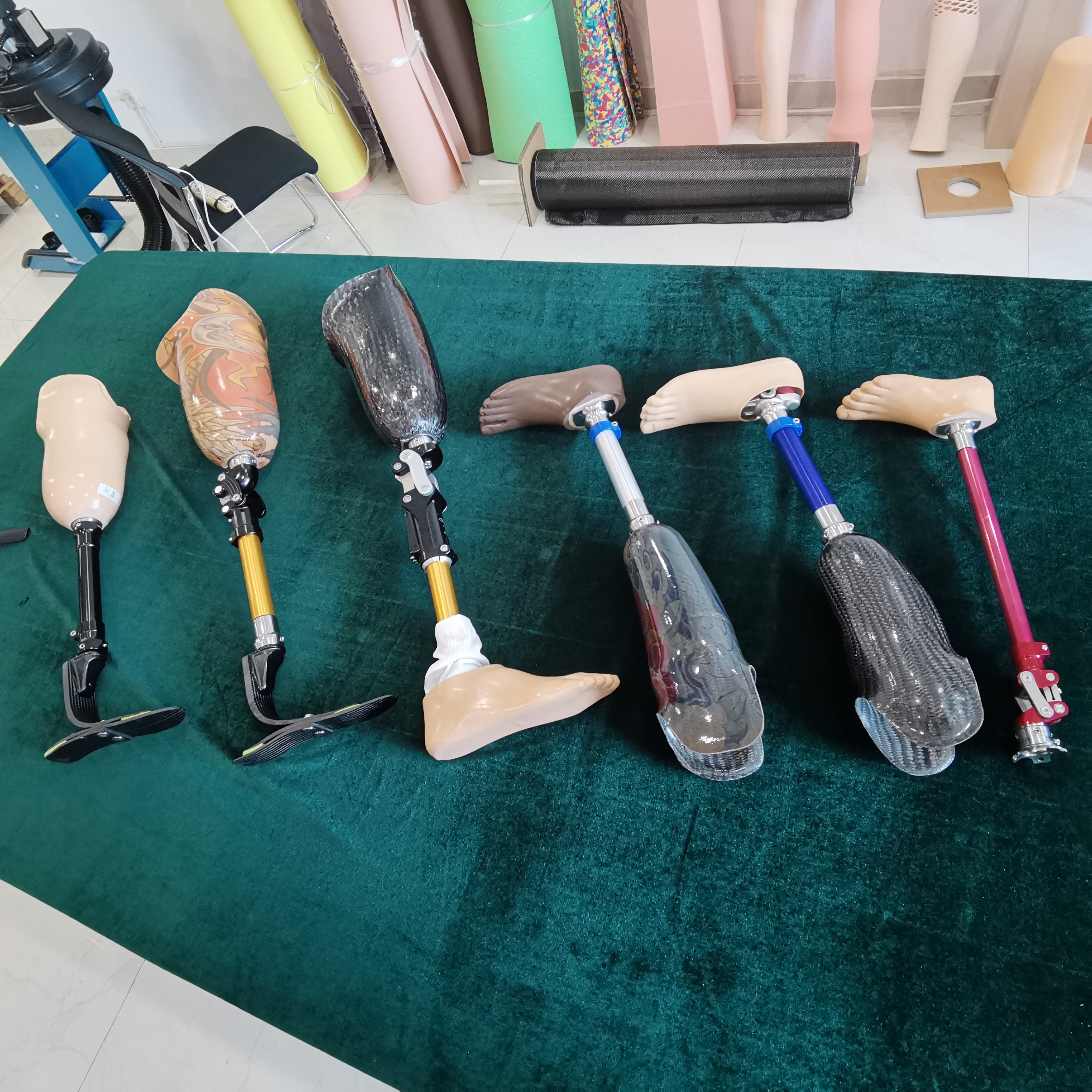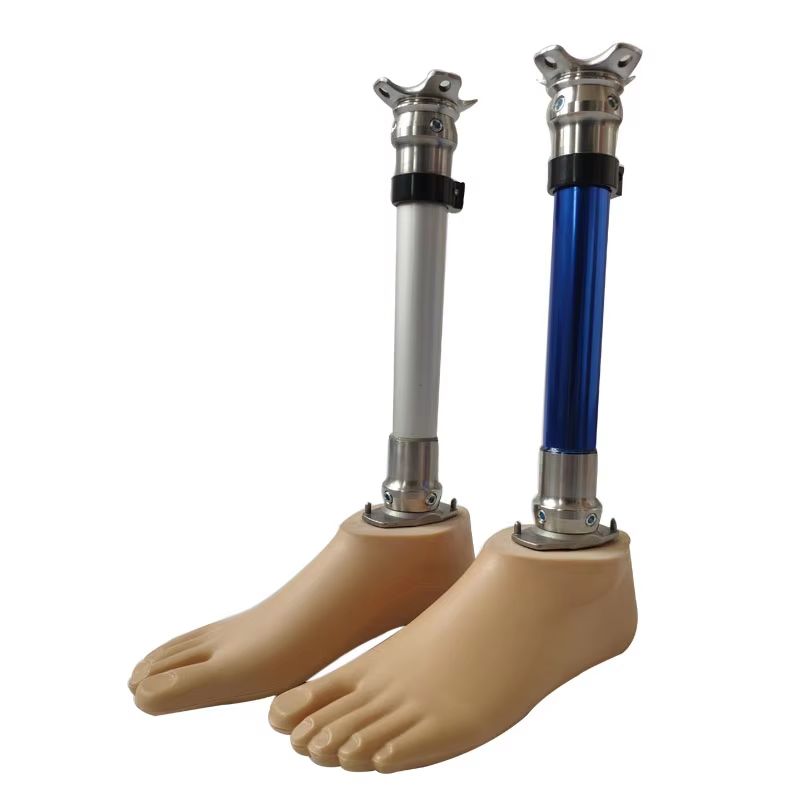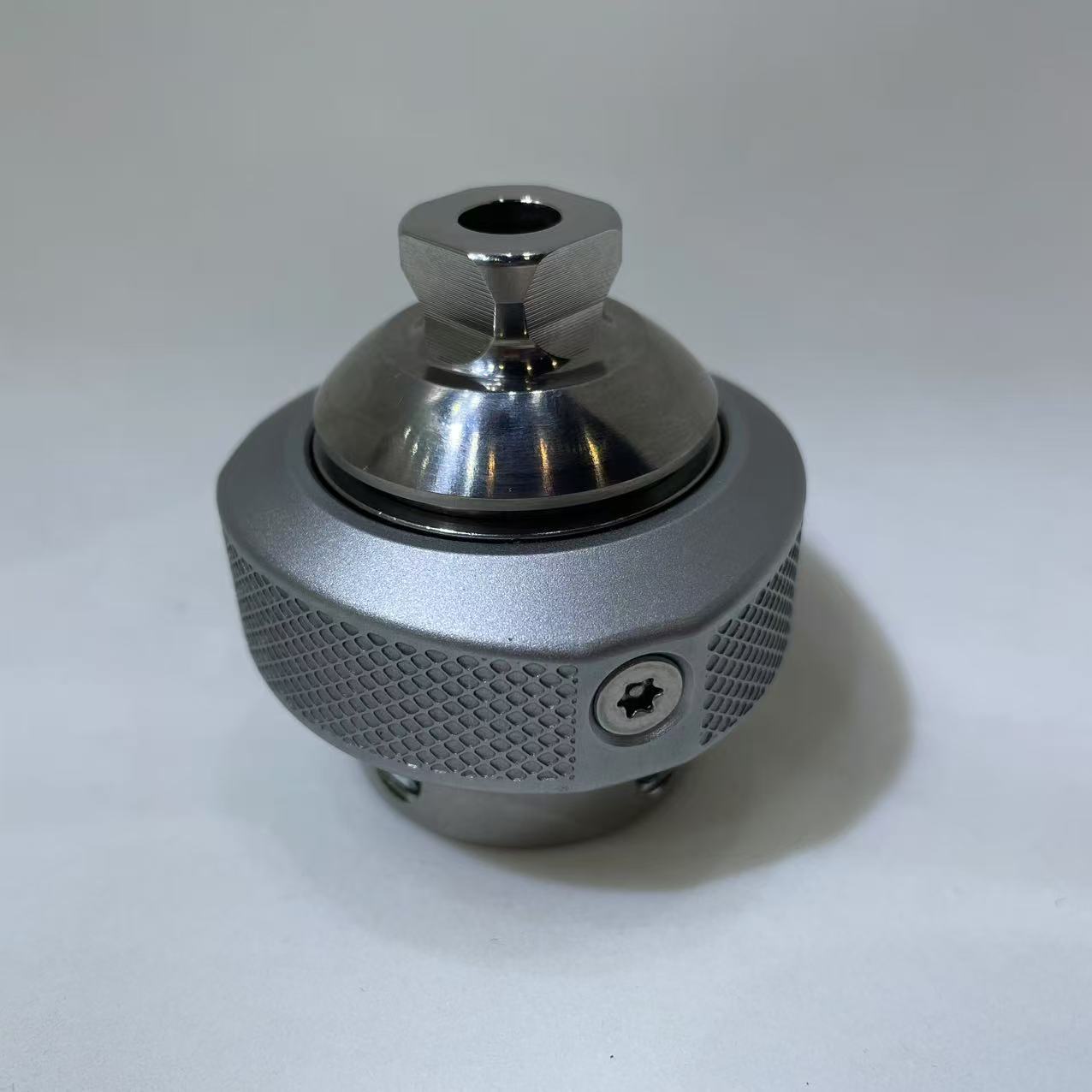Innovative Designs in Prosthetic Leg Joints: What You Need to Know
Release Time:
Apr 01,2025
Innovative Designs in Prosthetic Leg Joints: What You Need to Know Table of Contents 1. Introduction to Prosthetic Leg Joints 2. The Evolution of Prosthetic Leg Joints 3. Key Innovations in Prosthetic Leg Joint Designs 4. Biomechanics and Their Impact on Prosthetic Joints 5. Advanced Materials in Prosthetics 6. Smart Technology in Prosthetic Leg Joints 7. The Role of Customization i
Innovative Designs in Prosthetic Leg Joints: What You Need to Know
Table of Contents
- 1. Introduction to Prosthetic Leg Joints
- 2. The Evolution of Prosthetic Leg Joints
- 3. Key Innovations in Prosthetic Leg Joint Designs
- 4. Biomechanics and Their Impact on Prosthetic Joints
- 5. Advanced Materials in Prosthetics
- 6. Smart Technology in Prosthetic Leg Joints
- 7. The Role of Customization in Prosthetics
- 8. Challenges and Future Directions in Prosthetic Designs
- 9. Frequently Asked Questions
- 10. Conclusion
1. Introduction to Prosthetic Leg Joints
Prosthetic leg joints have come a long way from their humble beginnings. Initially designed out of necessity, modern prosthetics are now at the forefront of medical technology, offering enhanced mobility and quality of life for amputees. In this article, we delve into **the innovative designs in prosthetic leg joints** and what makes these advancements crucial for users.
2. The Evolution of Prosthetic Leg Joints
The history of prosthetic leg joints dates back centuries, with **early designs** made from materials like wood and metal. The transition from simple aids to complex devices began in the **20th century**, driven by advancements in technology and materials. For example, World War I and II saw a surge in amputations, prompting a need for better prosthetics that could withstand the rigors of active military life.
Today, prosthetic leg joints are not just functional; they are engineered for **aesthetic appeal** and **user comfort**. From the introduction of adjustable knee joints to the latest microprocessor-controlled systems, each innovation represents a step towards improving the user experience.
3. Key Innovations in Prosthetic Leg Joint Designs
Recent years have witnessed several groundbreaking designs that have transformed the landscape of prosthetic technology.
3.1 Adjustable and Adaptive Knee Joints
One of the most significant innovations is the development of **adjustable knee joints**. These joints can adapt to different walking speeds and terrains, providing greater stability and safety. For instance, **polycentric knee joints** offer a more natural gait, allowing users to walk up and down stairs more easily.
3.2 Microprocessor-Controlled Systems
Microprocessor-controlled prosthetic legs utilize sensors to analyze the user’s movement in real-time. This technology allows the prosthetic to adjust its resistance and stiffness according to the user's activity. The result is a more intuitive walking experience, reducing the risk of falls and increasing confidence.
3.3 Energy-Storing Feet
Energy-storing feet, designed to absorb and release energy with each step, significantly enhance walking efficiency. These devices mimic the natural biomechanics of human feet, allowing for smoother transitions and reduced fatigue during long periods of use.
4. Biomechanics and Their Impact on Prosthetic Joints
Understanding the biomechanics of human movement is essential for designing effective prosthetic leg joints. Engineers study how the body moves, analyzing forces, moments, and joint angles to create devices that closely replicate natural movement.
4.1 Gait Analysis
Gait analysis involves studying how individuals walk, which provides invaluable data for improving prosthetic design. By assessing the user's gait, designers can create joints that not only support natural movement but also enhance performance during various activities.
4.2 Weight Distribution
Proper weight distribution is crucial in prosthetic design. Innovations such as **load-optimizing designs** help distribute weight evenly, minimizing discomfort and the risk of injury. These designs also contribute to a more natural walking pattern, essential for user satisfaction.
5. Advanced Materials in Prosthetics
Material selection plays a vital role in the performance of prosthetic leg joints. Advanced materials enhance durability, reduce weight, and improve overall functionality.
5.1 Carbon Fiber Reinforcement
**Carbon fiber** is increasingly used in prosthetic designs due to its exceptional strength-to-weight ratio. This material is lightweight yet incredibly strong, making it ideal for active users who require robust solutions.
5.2 Thermoplastics and Composites
Thermoplastics and composite materials offer flexibility and resilience, allowing for better adaptation to user needs. These materials can be molded to fit individual contours, improving comfort and reducing skin irritation.
6. Smart Technology in Prosthetic Leg Joints
Smart technology is revolutionizing the way prosthetic legs function.
6.1 Sensor Integration
Integrating sensors into prosthetic joints allows for data collection on user performance and movement patterns. This information can be used to tailor rehabilitation programs or make adjustments to the prosthetic for enhanced performance.
6.2 Connectivity and Apps
Many modern prosthetic legs come with smartphone connectivity. Users can monitor their activity levels, track progress, and adjust settings through dedicated apps. This connectivity empowers users to take control of their mobility solutions.
7. The Role of Customization in Prosthetics
Customization is key to maximizing the effectiveness of prosthetic leg joints. No two users are the same, and each individual's needs must be addressed.
7.1 Personalized Fittings
Personalized fittings ensure that prosthetic legs align with the user’s anatomy, improving comfort and functionality. Techniques such as 3D scanning and printing allow for precise customization, leading to a better fit and enhanced performance.
7.2 Tailored Functionalities
Users have different lifestyles and activity levels, and prosthetic designs can be tailored accordingly. Whether a user is a runner, a casual walker, or someone who requires a prosthetic for daily living, customization enhances their experience.
8. Challenges and Future Directions in Prosthetic Designs
Despite the exciting advancements, challenges remain in the field of prosthetics.
8.1 Cost and Accessibility
High-quality prosthetic leg joints can be prohibitively expensive, limiting access for many individuals. Developing affordable yet effective solutions remains a priority in the industry.
8.2 User Education and Adaptation
Educating users on the benefits and functionalities of modern prosthetics is essential. Effective adaptation to new technologies can enhance user experience and satisfaction.
8.3 Future Innovations
Looking ahead, the integration of artificial intelligence and further advancements in materials science promise to unlock new possibilities. Researchers are exploring bioengineered solutions that may one day allow for direct communication between the user's nervous system and the prosthetic limb.
9. Frequently Asked Questions
What are the latest advancements in prosthetic leg joints?
Recent advancements include microprocessor-controlled joints, energy-storing feet, and smart technology that enhances user experience and functionality.
How do microprocessor-controlled prosthetics work?
These devices utilize sensors to analyze movement in real-time, adjusting resistance and stiffness for a more natural walking experience.
Are prosthetic legs customizable?
Yes, prosthetic legs can be tailored to fit individual users through personalized fittings and functionalities based on lifestyle needs.
What materials are commonly used in modern prosthetics?
Advanced materials like carbon fiber, thermoplastics, and composites are commonly used for their strength, lightweight properties, and comfort.
What challenges do users face with prosthetic legs?
Challenges include the high cost of advanced prosthetics, the need for user education on new technologies, and the adaptation process to new designs.
10. Conclusion
The world of prosthetic leg joints is rapidly evolving, with innovative designs making strides in enhancing the quality of life for amputees. As we continue to explore advancements in technology, materials, and customization, we can anticipate a future where mobility is more accessible than ever. The integration of smart technology and biomechanical insights is paving the way for more intuitive and adaptable solutions, ensuring that every individual can achieve their maximum potential in mobility. Investing in research and development will continue to drive these innovations, ultimately creating a more inclusive society for those who rely on prosthetic support.
Keywords:
You Can Also Learn More About Industry Trends







